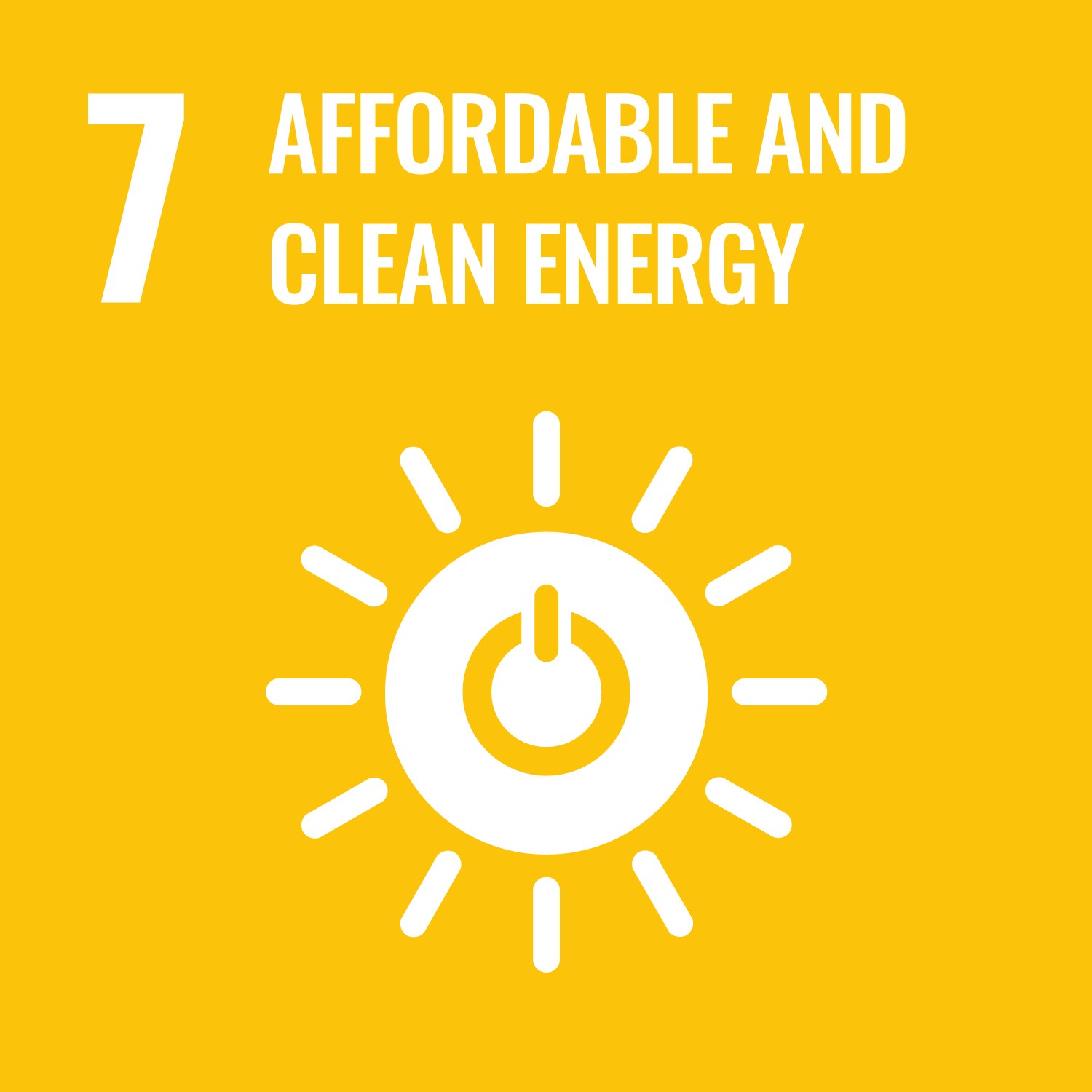Tang, X. orcid.org/0000-0002-4761-0602, Hu, W. orcid.org/0009-0009-6267-0273, Koval, V. orcid.org/0000-0003-2425-8738 et al. (3 more authors) (2025) Effect of samarium doping on the energy storage properties of bismuth sodium titanate-based lead-free ceramics. ACS Applied Materials & Interfaces, 17 (38). pp. 53780-53790. ISSN: 1944-8244
Abstract
Lead-free electroceramics have attracted significant research interest as alternatives to lead-containing systems due to concerns related to lead's toxicity to human health and the environment. Solid solutions based on bismuth sodium titanate (BNT) and barium titanate (BT), particularly those with compositions near the morphotropic phase boundary (MPB), such as 0.94 Bi0.5Na0.5TiO3-0.06BaTiO3 (BNT-6BT), exhibit promising piezoelectric and ferroelectric properties. In this study, samarium (Sm) was introduced to partially replace both Bi and Na ions within the structure of BNT-6BT, at concentrations of 0.5 and 5 mol %, in samples labeled as BNTS0.5 and BNTS5, respectively. The addition of Sm modifies the A-site disorder on a nanometer scale, resulting in a decrease of the temperature Ts corresponding to a frequency-dependent shoulder in the dielectric permittivity and a significant increase of the temperature Tm corresponding to the maximum permittivity. Additionally, it was found that BNTS0.5 ceramic exhibits a relatively high piezoelectric coefficient (d33 = 164.7 pC N-1), while BNTS5 shows high recoverable energy density and energy storage efficiency (Wrec = 3.88 J cm-3 and η = 71.06%) at room temperature. With an exceptional recoverable energy storage intensity of 12.93 J V-1 cm-2 at room temperature, BNTS5 outperforms other similar materials, representing an excellent candidate for energy storage applications associated with the contribution of polar nanoregions. The two ceramics show significant potential for applications in piezoelectric energy conversion and energy storage devices.
Metadata
| Item Type: | Article |
|---|---|
| Authors/Creators: |
|
| Copyright, Publisher and Additional Information: | © 2025 The Authors. This is an Open Access article distributed under the terms of the Creative Commons Attribution Licence (https://creativecommons.org/licenses/by/4.0/), which permits unrestricted use, distribution, and reproduction in any medium, provided the original work is properly cited. |
| Keywords: | ceramics; energy storage; ferroelectric; piezoelectric; polar nanoregions; relaxor |
| Dates: |
|
| Institution: | The University of Sheffield |
| Academic Units: | The University of Sheffield > Faculty of Engineering (Sheffield) > School of Chemical, Materials and Biological Engineering |
| Date Deposited: | 02 Oct 2025 11:34 |
| Last Modified: | 02 Oct 2025 11:34 |
| Published Version: | https://doi.org/10.1021/acsami.5c12016 |
| Status: | Published |
| Publisher: | American Chemical Society (ACS) |
| Refereed: | Yes |
| Identification Number: | 10.1021/acsami.5c12016 |
| Related URLs: | |
| Sustainable Development Goals: | |
| Open Archives Initiative ID (OAI ID): | oai:eprints.whiterose.ac.uk:232426 |


 CORE (COnnecting REpositories)
CORE (COnnecting REpositories) CORE (COnnecting REpositories)
CORE (COnnecting REpositories)